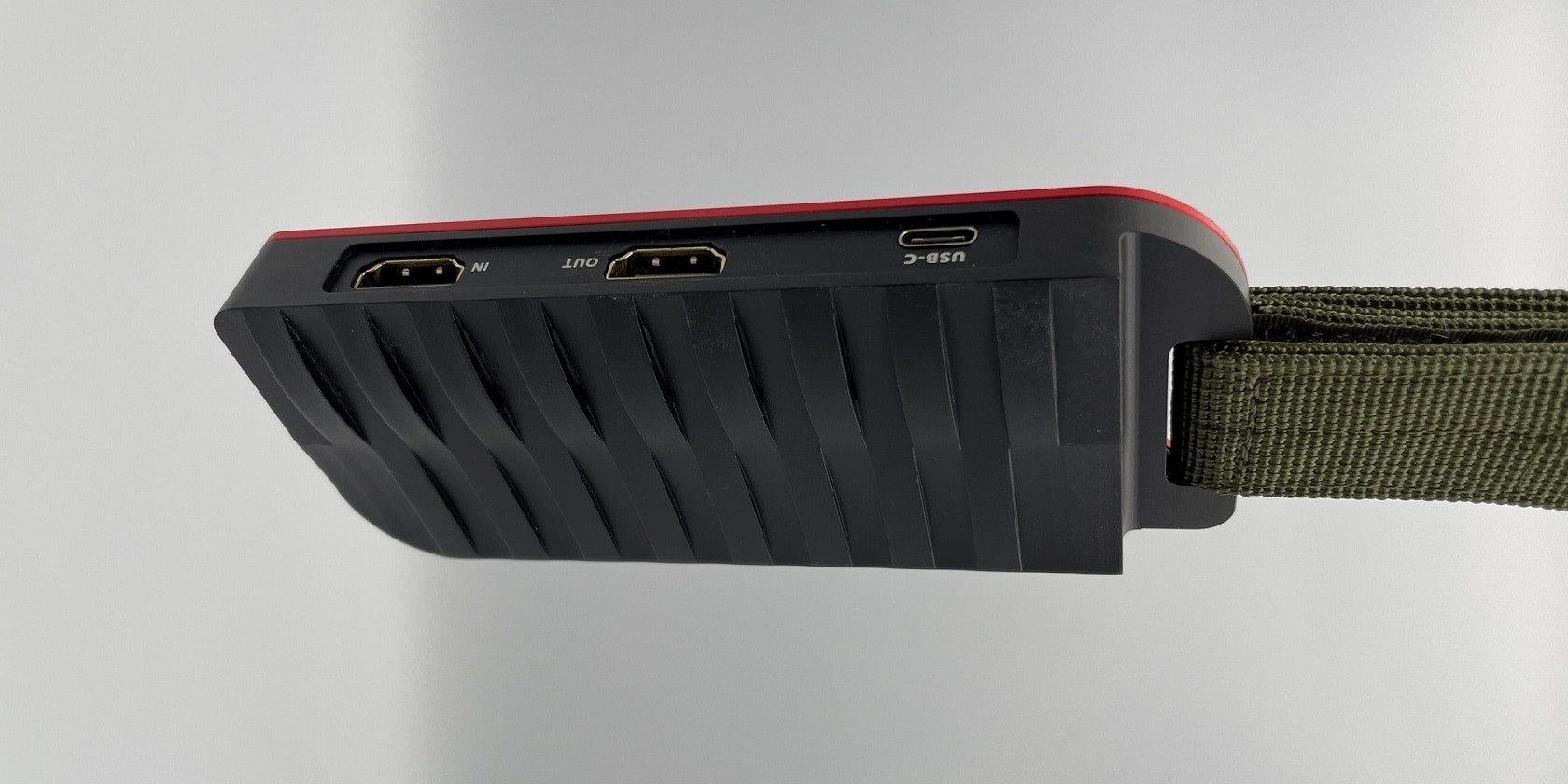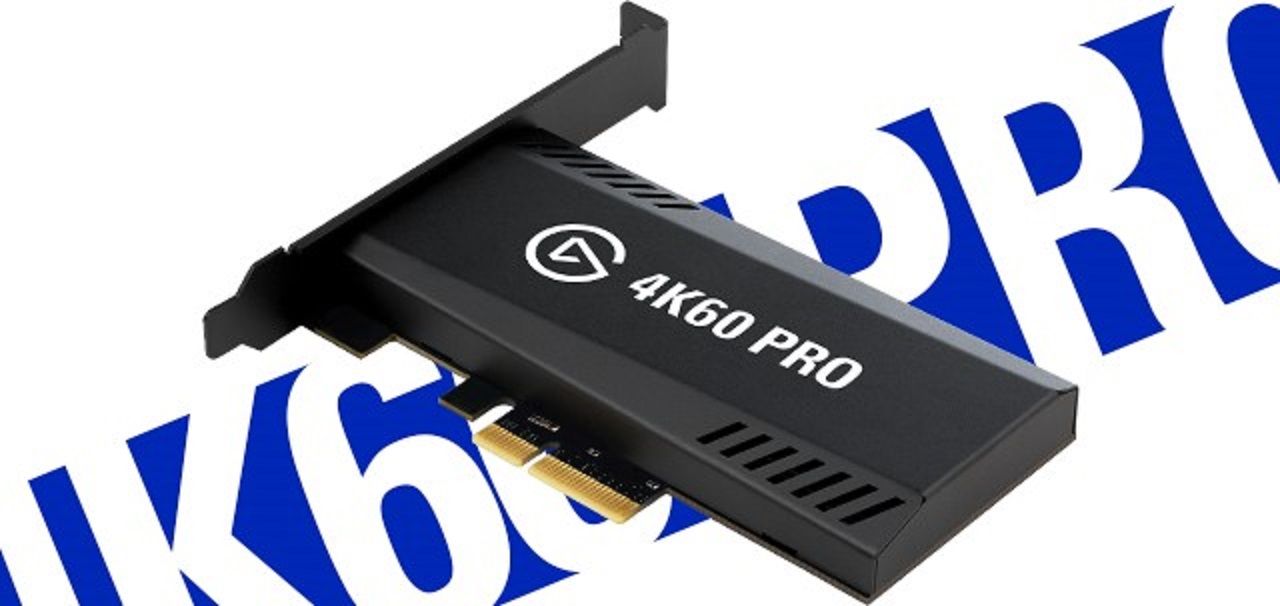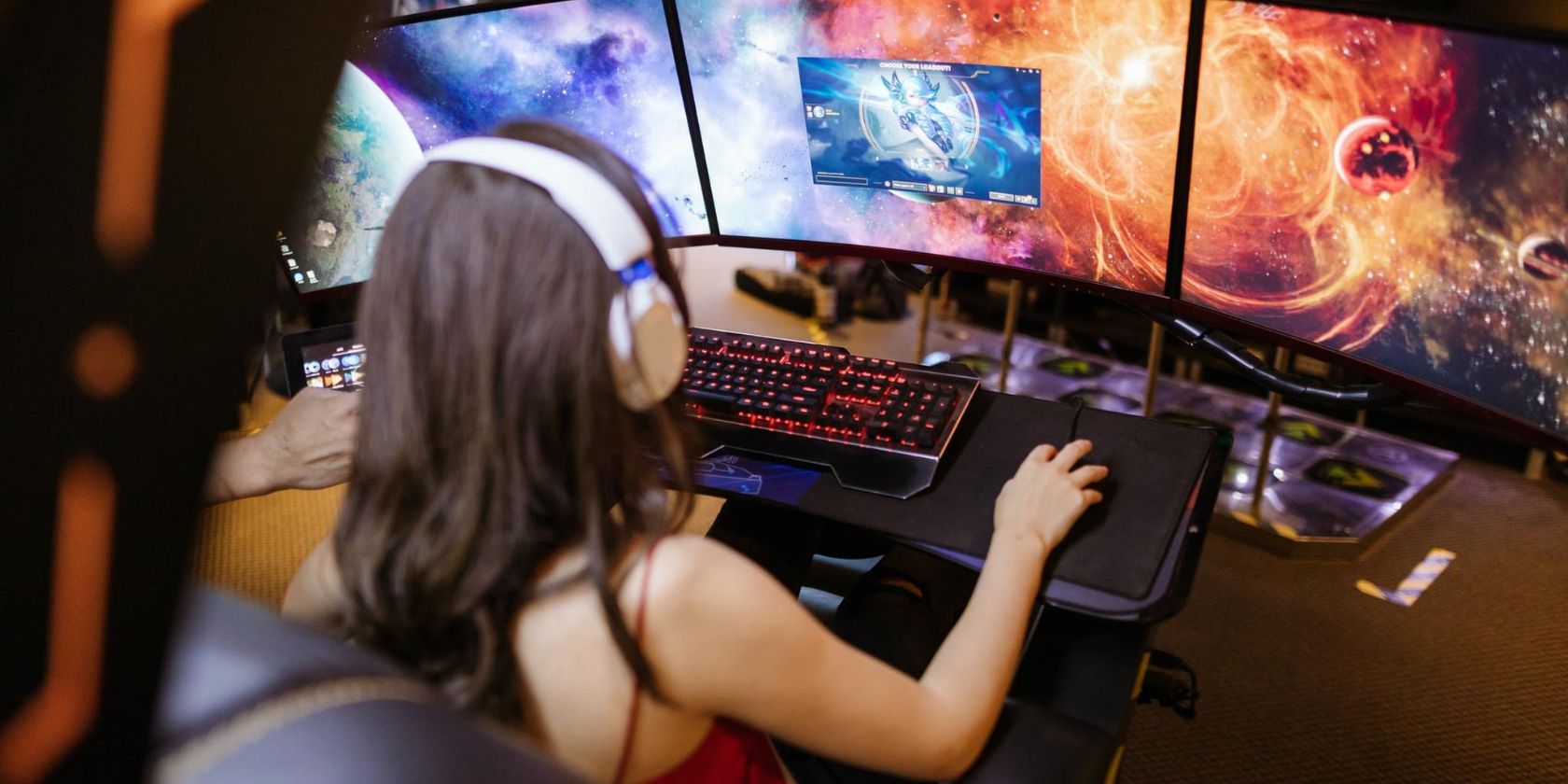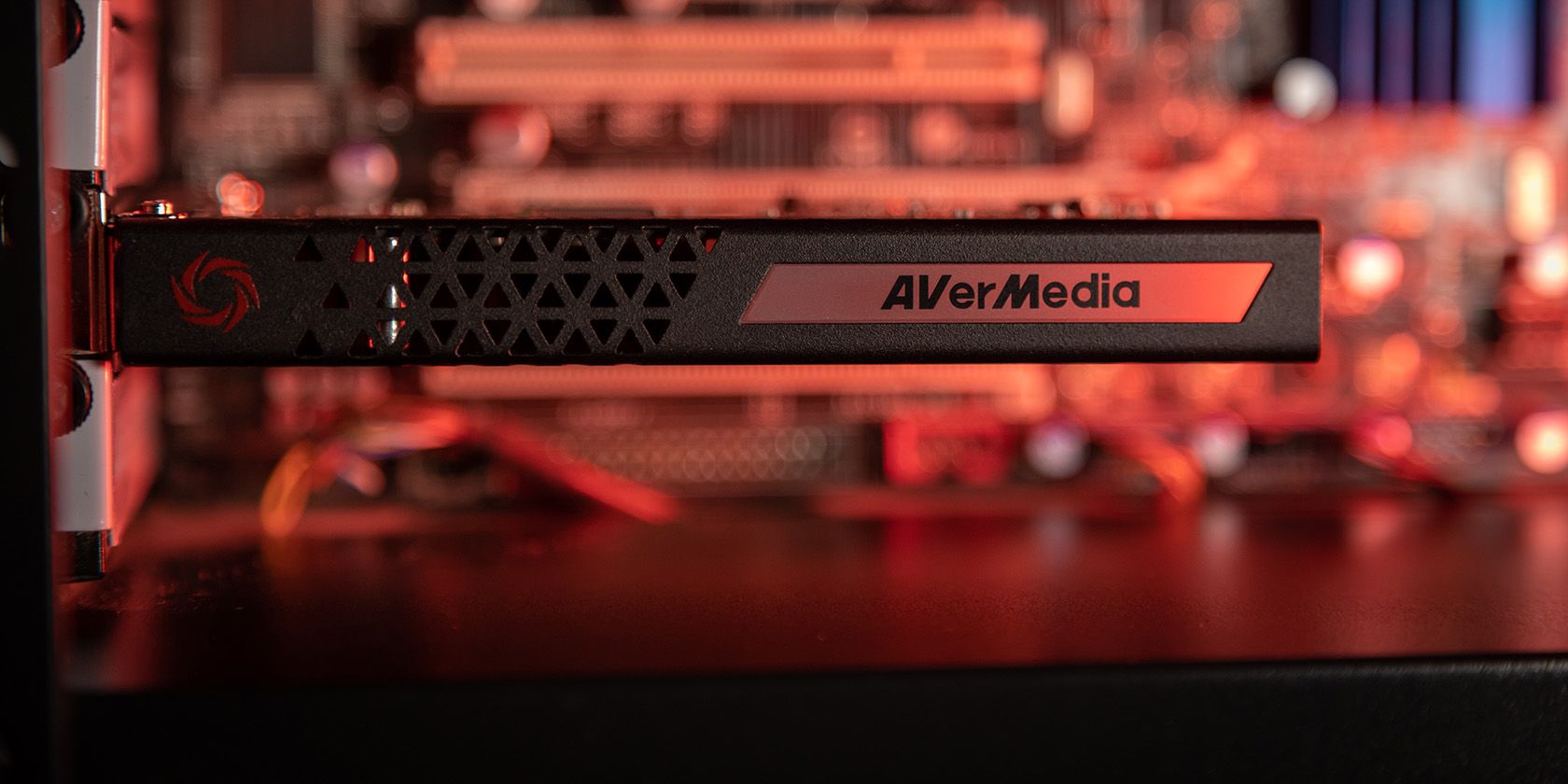Gamers and streamers have long used capture cards to record or stream their gameplay footage, but what exactly is a capture card? In this article, you'll learn what a capture card is, how it works, and whether you might need one.
What Is a Capture Card?
A capture card is a device that allows you to record or stream video and audio from another source. For example, if you want to record gameplay from your Xbox One, you need a capture card that connects to the HDMI port on your console, as your Xbox One cannot capture and stream your gameplay simultaneously.
Capture cards come in both internal and external varieties, with the former being installed directly into your computer and the latter being connected via USB. Some capture cards can even be used with laptops, making them ideal for recording mobile gaming sessions or streaming live events.
How Does a Capture Card Work?
A capture card works by taking the video signal from another device—such as a PlayStation, Xbox, or Nintendo Switch—and encoding it into a format that can be recorded or streamed. The encoded video signal is then sent to a computer, where it can be streamed live or recorded for later viewing.
Many capture cards also allow you to record audio from the source device, meaning you can capture both gameplay and commentary in one easy-to-use package.
Typically, you plug the capture card into the device you want to stream or record from and then connect to a separate PC to output the data, be that recording or streaming live.
Benefits of Using a Capture Card
There are several benefits to using a capture card, whether you're a streamer or a YouTuber. Firstly, capture cards allow you to record or stream footage in high definition, which is essential for anyone looking to produce professional-quality content.
Secondly, some capture cards can record or stream footage from multiple devices at once, making them ideal for multi-camera setups.
Capture cards also make it easy to record commentary or add other audio sources to your recordings, as they typically come with built-in microphone inputs, which means you can connect a microphone directly to the capture card and record high-quality audio to accompany your gameplay footage.
Are There Any Drawbacks to Using a Capture Card?
While capture cards offer many benefits, there are also a few potential drawbacks to consider.
First, capture cards can be expensive, with some high-end models costing hundreds of dollars. Budget options are available, but they typically don't offer the same features and quality as more expensive cards.
Second, capture cards can be complex to set up, especially if you're using multiple devices. This can be a major problem if you're trying to record or stream footage on the fly, as even small errors can cause major issues.
Finally, capture cards can introduce input lag, a serious problem for gamers who rely on split-second timing. However, this is usually only an issue with lower-end capture cards and can be mitigated by using a faster HDMI cable or connecting the card directly to your PC.
How to Choose a Capture Card
When choosing a capture card, there are a few things you need to consider. Firstly, what resolution do you want to record or stream in? For 1080p footage, you'll need a capture card that supports at least 1080p recording. For 1440p or higher, you'll need a card that supports 1440p or higher recording.
Secondly, what framerate do you want to record or stream at? 30fps is the standard for most gameplay footage, but the best capture cards support 60fps or even higher. If you're looking to record or stream in high definition, you'll need a capture card that supports the appropriate resolution and framerate.
Thirdly, what features do you need? Some capture cards come with built-in streaming software, while others require you to use third-party software. Some cards also come with additional features, such as support for multiple monitors or the ability to record directly to an external hard drive.
When choosing a capture card, it's also important to consider what you need and what you're willing to pay. There are a variety of capture cards on the market, ranging in price from around $50 to over $500.
Should You Get a Capture Card?
Whether you should get a capture card depends on your needs and budget. If you're looking to stream professional-quality content, then a capture card is essential. On the other hand, if you have the budget for a capture card and are willing to put in the time to learn how to use it, we recommend getting one.
However, if you're just starting out streaming or creating video content, you may want to consider using cheaper alternatives like a webcam or a smartphone.




